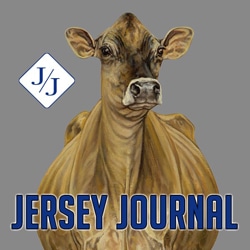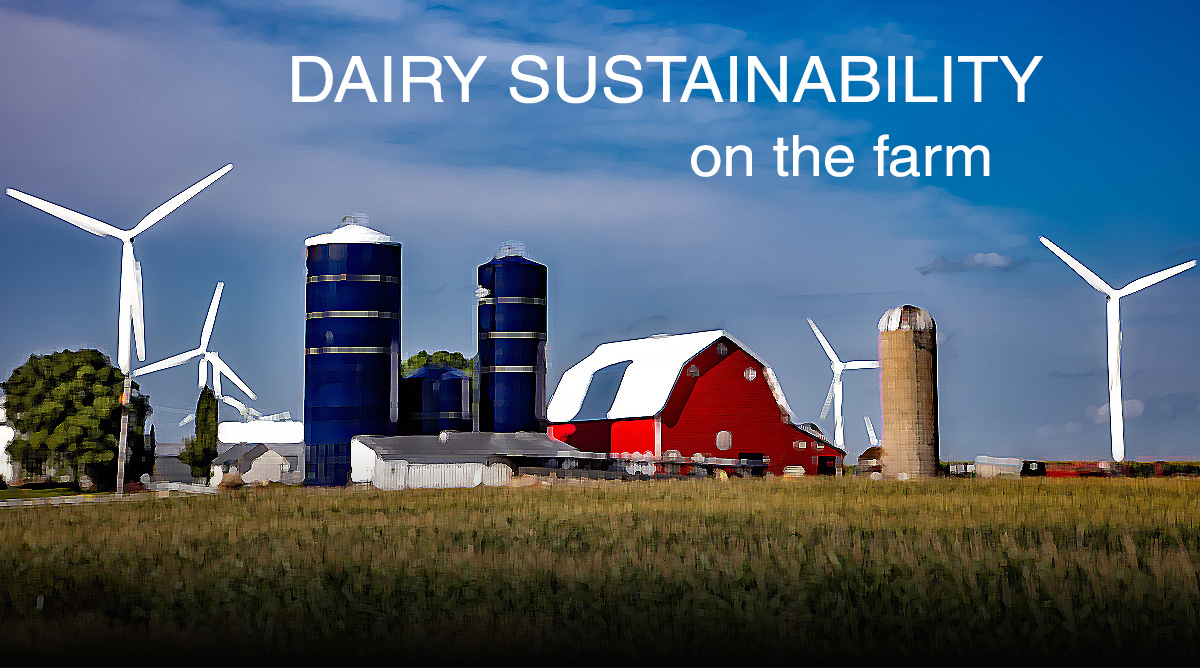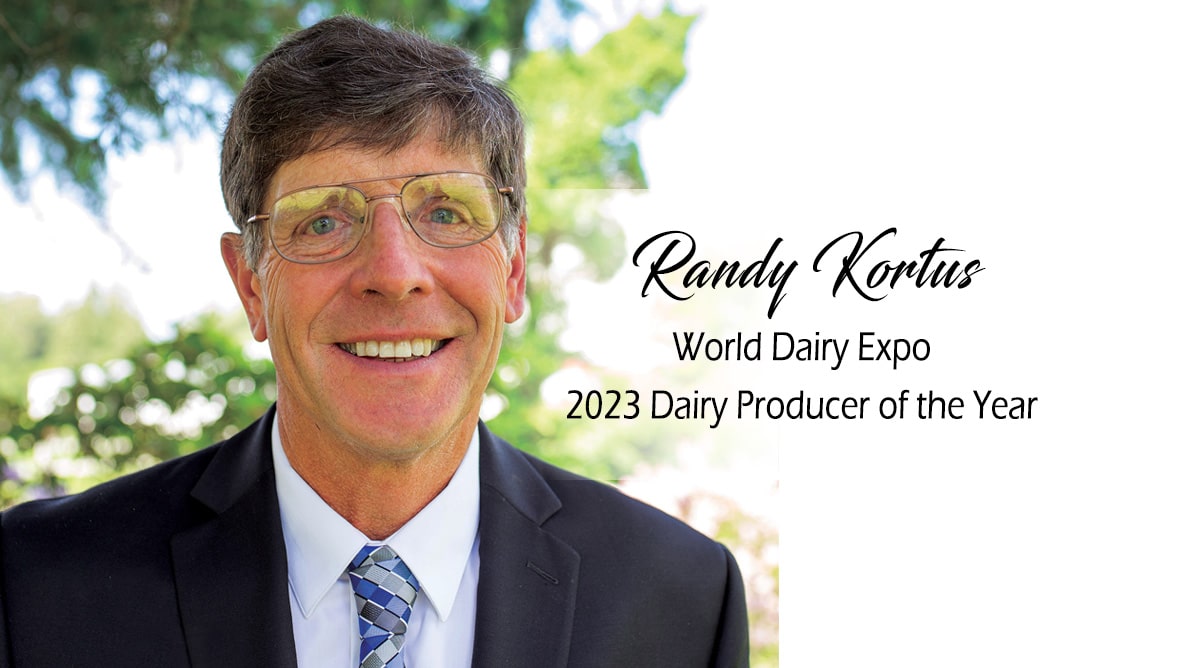A Smaller Dairy Footprint Begins on the Farm
You are committed to dairy sustainability and want to do your part to better care for Mother Earth. But what does that mean? And where do you start? Frankly, the concept is somewhat vague, and it can be overwhelming.
In this regard, no man is an island. As a producer who sells milk, your dairy check off dollars are working for you through the Innovation Center for U.S. Dairy. The Innovation Center builds trust and gives the dairy industry a unified voice through the dairy value chain in discussions that affect dairy producers. Through the U.S. Dairy Net Zero Initiative (NZI), systems and technologies are being developed to help dairy farms become more sustainable no matter their size, geographic location, or management style. The effort is in infancy, but some tools are available now.
In November 2021, the Jersey Journal discussed the concept of sustainability, describing from where it sprouted and why it is significant. This month, we will evaluate what sustainability means on the farm, where it all begins. To better position your business for the future, assess where you stand today, adopt current methods that make sense, stay abreast of developments, and become involved.
To download this article as a PDF, click here.
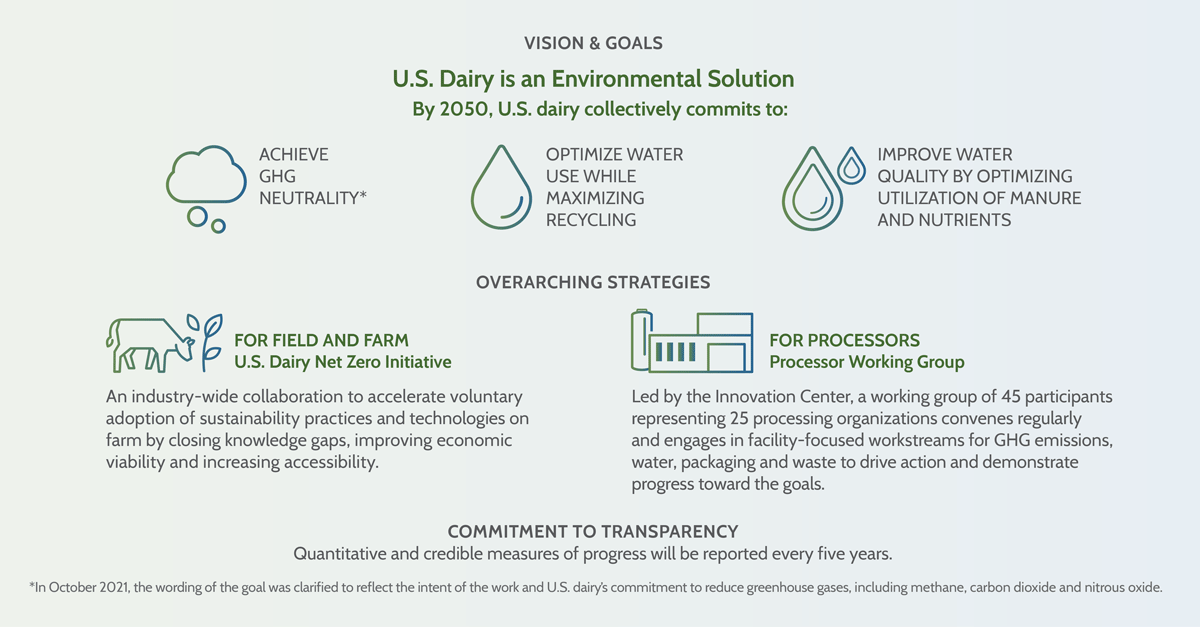
Overview
The Innovation Center was established in 2008 and its first charge was the commissioning of the agriculture industry’s first full life cycle assessment (Capper, Cady, and Bauman, 2007) for fluid milk. Its purpose was to proactively share dairy farmers’ heritage and progress to tell one unified story and set the record straight when others misrepresented global studies and their story. More recently, the Innovation Center has worked with farmers, dairy companies and other stakeholders over an 18-month period and set a 30-year public commitment to the planet known as the 2050 Environmental Stewardship Goals. The effort launched in October 2020 puts dairy in a positive light domestically and globally as a solution to climate change.
The environmental goals for dairy have three aims: achieve greenhouse gas (GHG) neutrality, optimize water use while maximizing recycling, and improve water quality by optimizing utilization of manure and nutrients.
Two distinct strategies are in place. NZI is for producers. The Processor Working Group is for processors.
NZI breaks down barriers to empower all farms to reduce their environmental impact in an economically viable way through four key areas on the farm: feed production, cow care, energy management and manure management. NZI is a collaboration led by the Innovation Center and five other national dairy organizations, including Dairy Management Inc., the International Dairy Foods Association, Newtrient, the National Milk Producers Federation (NMPF) and the U.S. Dairy Export Council.
NZI also collaborates with public, private, and nonprofit organizations. More than $31 million in external support came from corporate partners and granting agencies in 2020 and 2021. Corporate partners include the likes of Nestlé, Starbucks, and Syngenta. Research partners include the USDA Agricultural Research Service, Cornell University, Texas A & M, the University of California-Davis, the University of Vermont, and the University of Wisconsin, among others.
Through research, on-farm pilots, and development of new products, NZI aims to make sustainable practices and technologies more accessible and affordable on the farm.
The Dairy Footprint
Improving dairy sustainability begins with an understanding of what impacts the release of GHG, water use and water quality in the act to bring milk and dairy products to the table.
When it comes to GHG emissions, production of milk on the farm is the greatest contributor at 51.5%. Other users include feed production (20.3%), processing (5.7%), packaging (3.5%), transportation (7.7%), retail (6.5%) and consumer (4.9%). More than 93% of water use is attributed to crop irrigation for feed. The balance is used for milk production (3.5%), processing (1%) and other (1.9%).
On the farm, climate change is impacted by three types of gases—carbon dioxide (CO2), methane (CH4), and nitrous oxide (N2O)—each trapping heat from solar radiation in a different way. GHG is emitted from the barn, open lots, manure handling, collection and storage, and fields, and through transportation.
NZI focuses on four key opportunities to mitigate environmental footprint: enteric methane through cow management; manure handling and storage; feed practices and water use; and energy use.
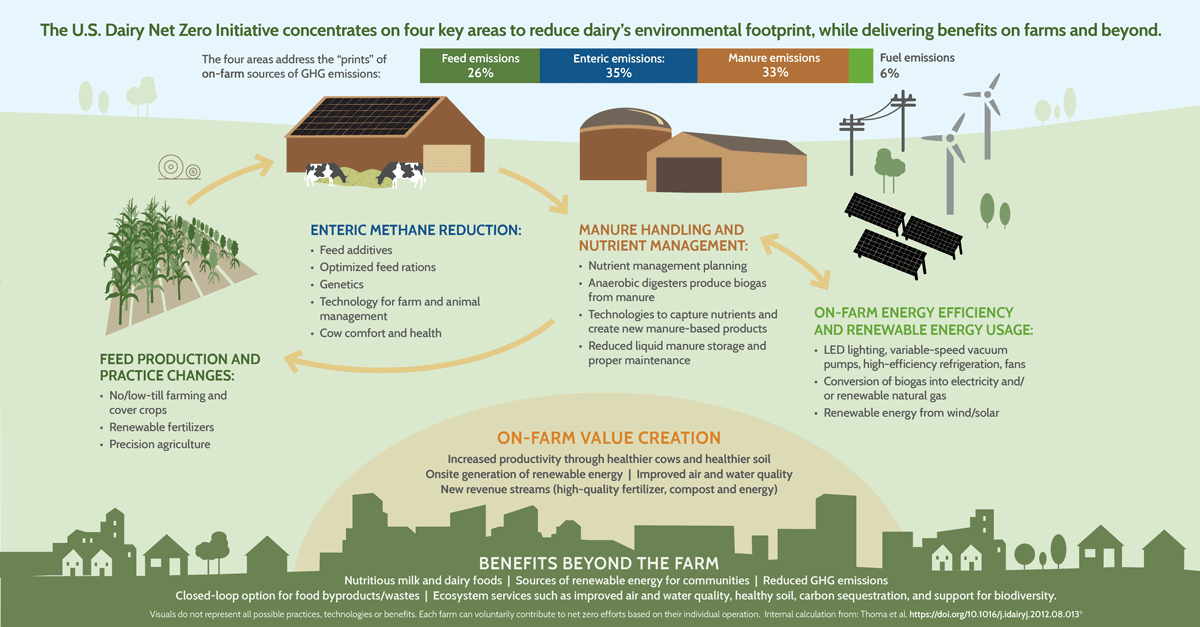
On-Farm Resources
A tool now available to help dairy producers measure and improve their footprint is Farmers Assuring Responsible Management (FARM) Environmental Stewardship (ES), administered by NMPF. It is a voluntary program that recognizes scientific methods to calculate a farm’s footprint and offer benchmarks for comparison.
The FARM ES module asks a series of questions to estimate GHG emissions and energy intensity. Input data includes milk production records, herd data, rations, manure management, and energy use.
Results are reported as pounds of CO2 equivalent per pound of fat and protein corrected milk (FPCM). Milk production is normalized to the same scale through FPCM so results can be consistent over time even if output changes. GHG results for feed, enteric (cow), manure, and energy are reported along with a comparison to regional and national averages. Gas type breakdown is also reported CO2, CH4 and N2O.
FARM ES evaluations are conducted by second party evaluators, including National All-Jersey Inc.
Used over time, dairy producers can identify areas to improve, assess change, and report best practices in the supply chain, including documentation for credit markets. Dairy producers should focus on long-term goals since GHG emissions and other measures of sustainability fluctuate annually due to herd productivity, weather, feed availability, and economics.
FARM ES is continually evolving and now includes data from more than 2,300 evaluations. Updates for the program are done collaboratively with the Innovation Center every three years. NMPF and the Innovation Center are updating the GHG model that powers FARM ES with the launch of FARM ES Version 3.0 in July 2024. The next version will offer exciting features, such as the ability to run what-if scenarios to analyze the environmental and economic implications of adopting different practices or technologies.
What is Happening Now?
Through 2025, NZI will focus on three aspects of sustainability applications: research, scale, and adoption.
The research core represents the groundwork, or the foundational science, that will develop a roadmap for dairy farms to achieve the collective goal. Two current projects under the groundwork umbrella are the Dairy Soil and Water Regeneration Research Project and the Greener Cattle Initiative.
The six-year, $23 million Dairy Soil and Water Regeneration Research Project involves eight farm pilots and eight research partners in four dairy regions. Its goal is to assess the economic and environmental impact of minimal disturbance tilling, cover cropping, innovative crop rotations and new manure-based products, and set the stage for development of new market opportunities for carbon and water quality.
Though not the greatest contributor to GHG on the farm, it provides unique opportunities for carbon sequestration and water quality as revenue sources for dairy producers.
The Greener Cattle Initiative is an industry partnership that aims to identify, develop, and validate commercially feasible technologies that reduce methane emissions from cattle. The program provides research grants that focus on feed additives and supplements, feed ingredients, selective breeding (development of specific traits that lead to low methane emitting cattle), and technology that reduces environmental footprint.
Dairy Scale for Good (DS4G) seeks to pioneer, develop, demonstrate and de-risk new technologies and processes that show promise for a wide range of dairies and regions. DS4G explores new methods in large commercial dairies, which can provide the scale needed through partner pilot farms. Pilot farms are living laboratories to evaluate technologies and practices on the market or available soon. DS4G aims to develop a profit/loss analysis across feed production, enteric emissions, and manure, showing dairies pursuing net zero how to they can do so successfully and still be profitable.
Trinkler Dairy Farm, Modesto, Calif., a supplier for Nestlé’s Carnation label, is the first partner farm of the DS4G pilot. A second pilot with Alliance Dairies in Florida was announced by Starbucks in November.
The pillar for adoption strives to increase voluntary adoption of proven best practices and technologies by a wide swath of dairies. Strategies include supply chain demonstrations, assessments of current practices, farmer ambassador programs, and community groups.
A project underway is Dairy Feed in Focus, offered to member-owners of Foremost Farms USA, a dairy cooperative in Wisconsin. Dairy producers are offered financial incentives to incorporate hybrid feeds that improve digestibility of starches, increasing feed efficiency.
Other efforts include the Lafayette Ag Stewardship Alliance partnership with the Dairy Strong Sustainability Alliance, Grande Cheese (Fond du Lac, Wis.) and others in the Upper Midwest and the Syngenta-Nature Conservancy pilot program for the Saginaw Bay and Lake Erie watershed in Michigan.
Get Involved
Though no one knows what the future holds, the sustainability movement will certainly impact the way every one of us milks cows in the days ahead. To be proactive, gain knowledge about timely concepts like carbon sequestration, carbon markets, renewable energy, and food waste recycling. Contribute data. Assess your business for opportunities. Talk to members of your co-op and farm groups. Tell your story and advocate. Opportunities are arising at lightning speed.
To participate in FARM ES and request an evaluation, call NAJ General Manager Erick Metzger at 614-322/4450 or send him an email. You may also send an email to NPMF.
Resources on FARM ES can be found here. Nutrient management fact sheets by state can be found here.
To learn more about the sustainability movement and its impact on the dairy industry, read the first part of the Jersey Journal series: A Sustainability Perspective Starts with “Why.”
